
Your Guide to Visiting the
World's Most Valuable Places:
UNESCO World Heritage Sites
Lascaux UNESCO World Heritage Site, France Photo by Tripscholars
This post may contain affiliate links which means Trip Scholars may make a small commission (at no extra cost to you) if you make a purchase. As an Amazon Associate I earn from qualifying purchases. Read more here. Thanks for helping us keep the lights on!
Many people are familiar with UNESCO World Heritage Sites. The official World Heritage List was established in the 1970s by UNESCO, as a way of highlighting and protecting the world’s most important and valuable places. Many of the world’s most famous landmarks, like the Pyramids at Giza, Machu Picchu, Mt Everest, and the Eiffel Tower are listed as UNESCO World Heritage Sites. But what exactly makes a World Heritage Site? Why are they important? What’s the best way to prepare for visiting a Site? And how can it change your life?
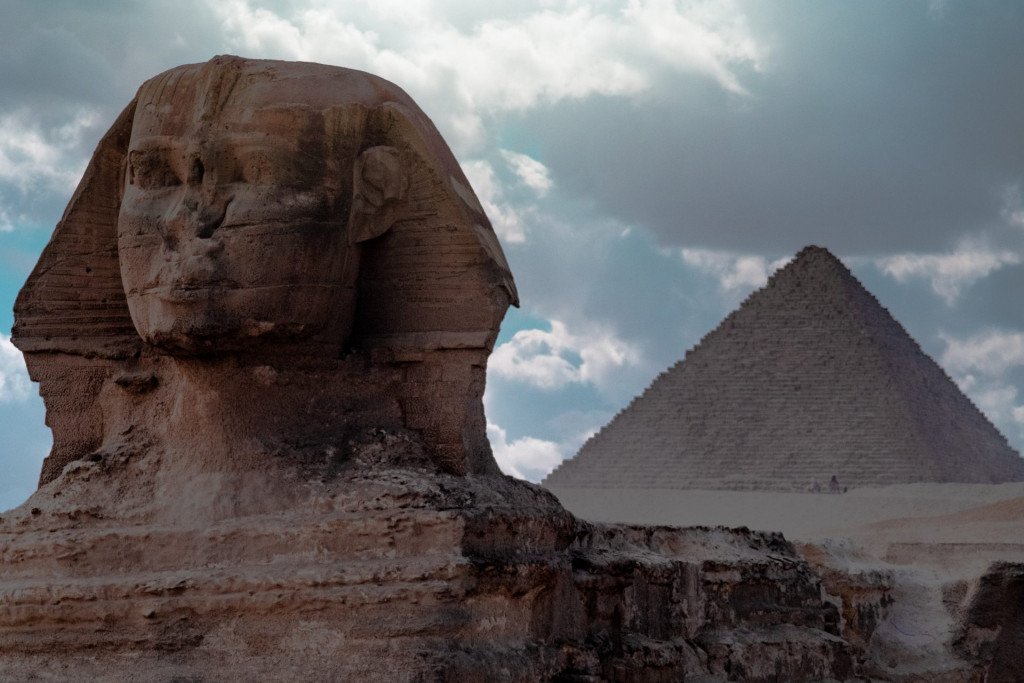
What is a World Heritage Site?
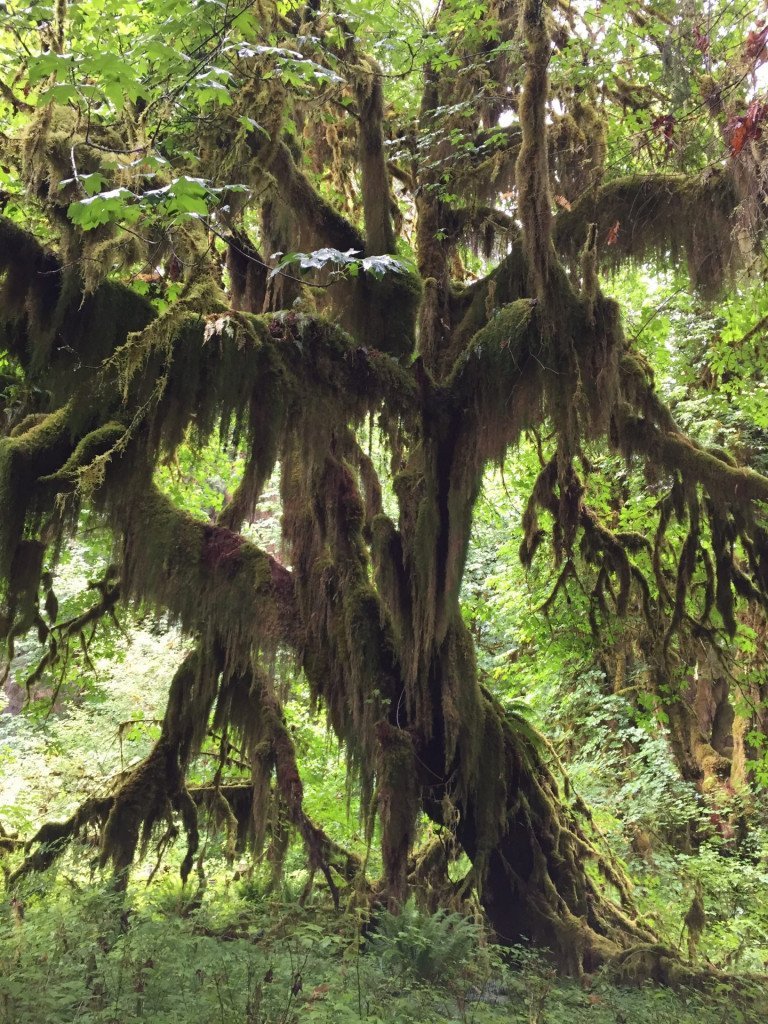
Put simply, a World Heritage Site is somewhere that’s considered to have Outstanding Universal Value for humanity by the United Nations Education Science and Culture Organisation (UNESCO). Although the definition of Outstanding Universal Value (OUV) is intentionally a little vague, there’s a list of 10 criteria which sites are judged against. These criteria include “human creative genius”, “traditional human settlement”, or “exceptional natural beauty”.
World Heritage Sites can be cultural or natural (or both!), and they can cover either a single location or a collection of locations. Some sites have separate locations in multiple countries, and a couple of sites are even in multiple continents! As of late 2020, there’s 1,121 UNESCO World Heritage Sites, and each year another 20-30 sites are added.
How do I learn more about individual World Heritage Sites?
As so many World Heritage Sites are famous and well known, there’s a lot of excellent resources available for learning more about them. Some of the highlights include the following:
1. The Official UNESCO Website
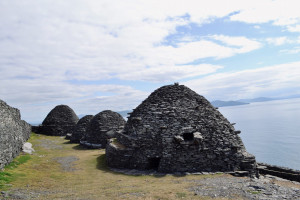
The official website of the World Heritage Committee is a great starting point to learn about World Heritage Sites. Their World Heritage List page has many handy links, including to World Heritage Sites in each country, a map view showing the location of each site, newly added sites, and sites listed as In Danger.
Each individual World Heritage Site has its own separate page, with multilingual information about the site. There’s a brief overview of the site itself; while further down the page you’ll find additional information about the site, its Integrity (e.g. how intact the site is), its authenticity (how much the site has been affected by restoration and modification), along with protection and management requirements.
There’s also some photos, any World Heritage-relevant news about the site, and some links to further reading. Each site page also has links to official maps of the site, outlining exactly what is and isn’t included within the boundary, plus any official UNESCO documentation relating to the site.
2. WorldHeritageSite.org

WorldHeritageSite.org is the internet’s largest community of World Heritage Site enthusiasts— yes, such a thing does exist! Established in 1997 by an intrepid Dutch traveller named Els Slots, WorldHeritageSite has over 1,500 members who between them have visited 1,098 of the 1,121 World Heritage Sites. The site has full information for every World Heritage Site, along with “Tentative” World Heritage Sites (which are sites that might get added to the list in future), but the real power of the site is its community.
Members are encouraged to write reviews of their experience when visiting World Heritage Sites, and the result is an incredibly rich collection of insider tips and useful knowledge. This can be contextual background information that isn’t readily apparent from UNESCO’s official documents, general travel tips, hyper-specific detail about the best parking locations, or interesting aspects of the site to look out for.
There’s also a large and active discussion forum where members share their experiences and plans for visiting sites, along with discussing UNESCO’s activities.
3. A Site's Official Website
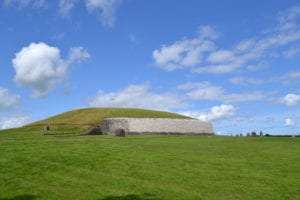
As commonly-visited locations, many World Heritage Sites maintain their own official websites with useful information. Official sites are usually the best place to find up-to-date information, particularly practical information about access points, opening times, ticket prices, unexpected closures, and the like. The official site will often also have quite a well-researched deep dive into the history of a particular location, and what makes it so important, in a way that UNESCO’s blurb doesn’t quite capture.
It’s important to note, however, that official sites can vary enormously! Some World Heritage sites have fantastic websites, while others have no official online presence at all. It’s highly variable, and often comes down to how much budget (and web savvy) the site’s owners have.
4. World Heritage Journey
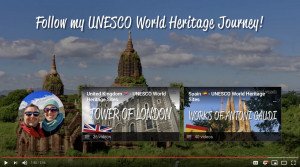
World Heritage Journey is a project by a pair of Australian travel bloggers, as they attempt to visit and document all 1,121 World Heritage Sites. Currently standing at 505 sites, World Heritage Journey has posted a short documentary video (usually around 4-6 minutes) on YouTube about each site they’ve visited. So far they’ve visited most of the sites in Western Europe; about half the sites in China, India, the United States, and Australia; most sites in South-East Asia, Korea, and Japan; and a scattering of sites in Africa and elsewhere.
Although reading text and seeing photos is great, watching information-focused videos gives you an excellent idea of what visiting a particular site is like, and you can really see the important aspects for yourself.
Why visit UNESCO Sites?
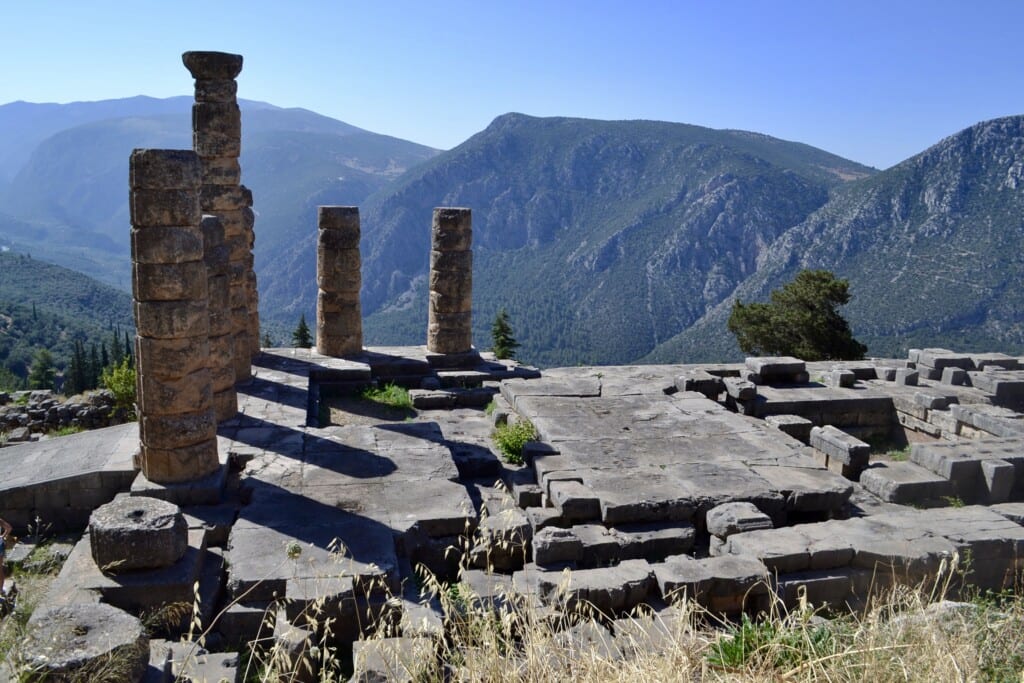
Since I started on the World Heritage Journey in early 2017, I’ve learned more than I could ever imagine. Growing up in Australia, your education is often very Australian- and Euro-centric, so learning about the rich history and culture of other countries and ethnic groups has been fantastic. One big strength of the World Heritage List is that sites are nominated by national governments: it’s what the locals see as important to their own heritage.
I’ve learned about things I never imagined: Chinese dynasties, pre-Columbian North Americans, the ingenuity of early industrialists, the precariousness of the natural environment, the interconnectedness of everything on a grand scale. It’s also helped me understand the world’s religions: Christianity, Islam, Hinduism, Buddhism, and many others. It’s been a fascinating learning curve, and I’m excited for it to continue.
I’d like to send you a free gift!
The Curious Traveler’s 5 Step Guide to More Meaningful Trips
Let's Connect
DO YOU WISH YOU COULD TRAVEL MORE?
This guest post was contributed by Joel Baldwin of World Heritage Journey
We love to learn from our guest writers and appreciate their expertise! Visit his website by clicking on his image or name below.
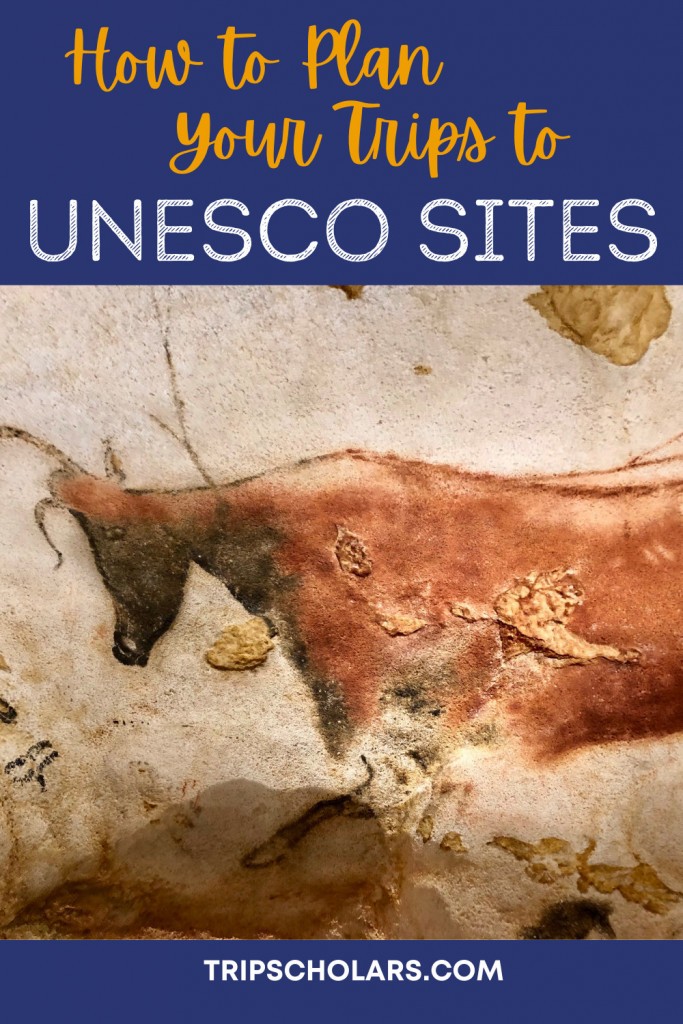
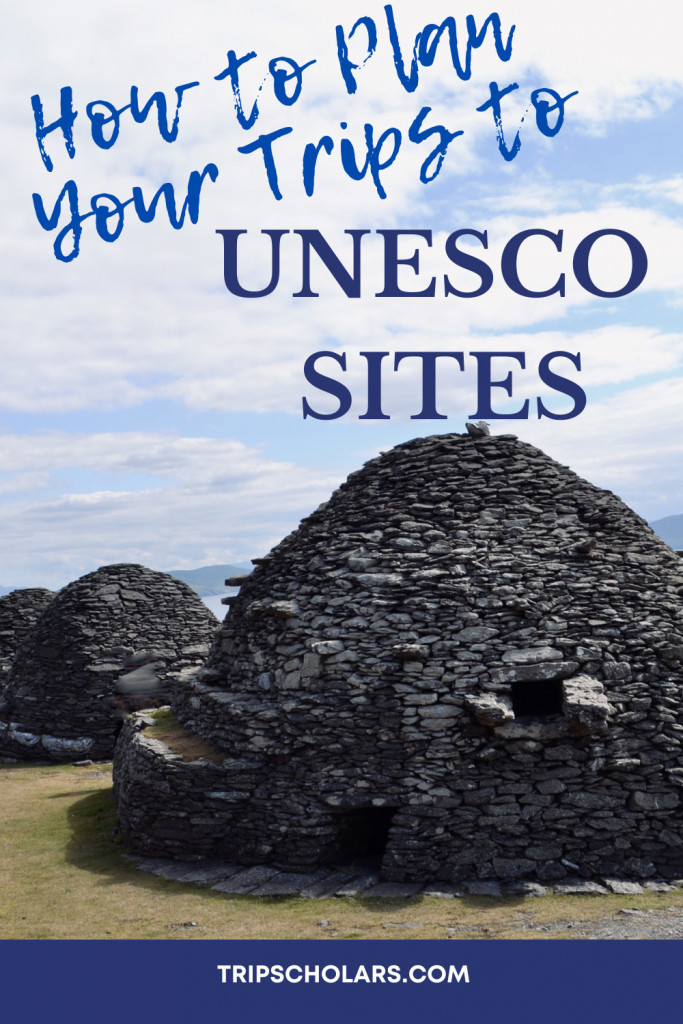








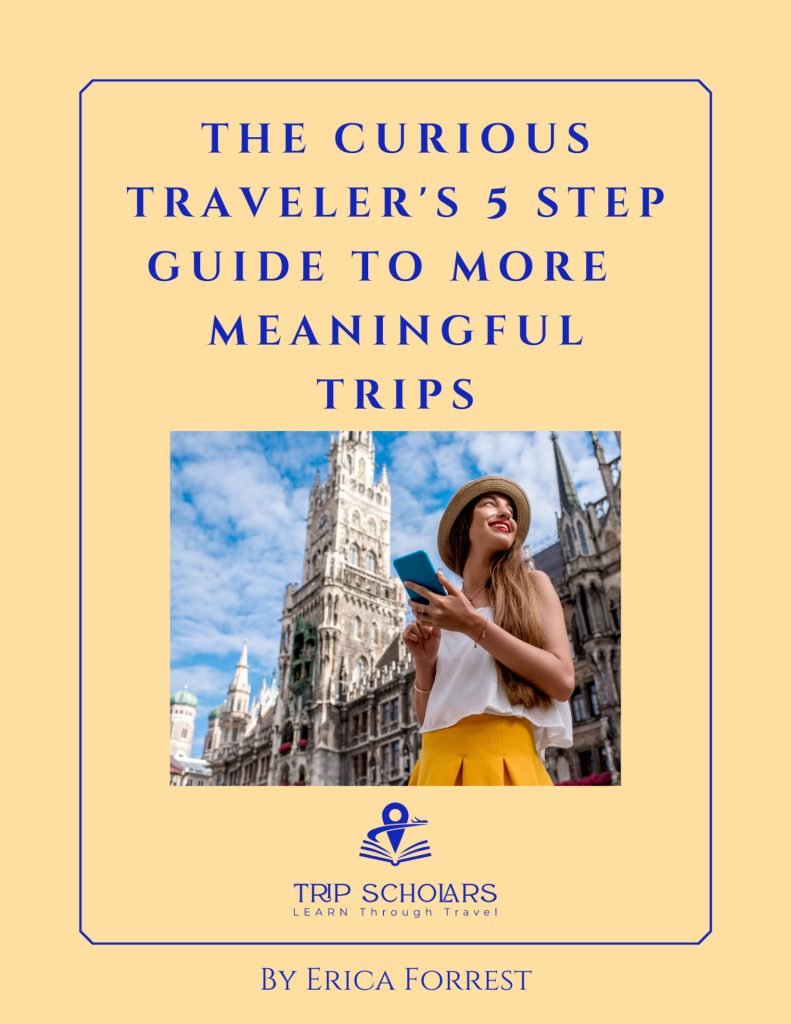
11 thoughts on “Visiting the World’s Most Valuable Places: UNESCO World Heritage Sites”
We definitely look for UNESCO sites when we travel. We find the variety in the sites they select to be fascinating. And we too have learned a lot about different countries, cultures and geographies. And great that new ones are regularly added for return trips to an area.
It is a fantastic way to travel! I agree, it is wonderful to see new sites being added, especially the diversity that they represent.
I always love visiting UNESCO World Heritage Sites when I travel. I even like going to the smaller ones that sometimes people overlook – they’re just fascinating. It’s always a bonus when a whole town is considered a heritage site too!
Visiting the smaller sites is great advice! Often there are fewer people and you can have a more intimate and powerful experience while visiting. Thanks for sharing!
Excellent information. I always try to find UNESCO sites wherever I travel. I have seen many and they never disappoint. Thanks for the great information regarding what a UNESCO site is and how to find them.
Thanks, you are most welcome! They are the highlights of many of my travels too.
I think I’m going to start using the UNESCO site as a bucket list. I’ve definitely been to my fair share of heritage sites but I can always visit more, and the fact that they’re adding so many each year means there’s always going to be somewhere new and fun to discover
That is a great idea! You would be guaranteed astounding travels, just like Joel, our guest author. 🙂
1121 sites is a huge goal! I’m curious to check out the videos! I always love including UNESCO sites on our trips!
You will love Joel’s videos! He clearly has a passion for the sites and they are professionally produced so really enjoyable to watch. I would have thought 1121 may be more than a person could actually see in a lifetime, but they have already visited almost half of them!
It’s funny, I didn’t know much about UNESCO sites until I lived in Japan (in Nara, where there are 8 sites close to or in the city…) But after living next to some for a couple of years, it really made me appreciate them. Now I always keep my eyes out if there are any near where we go on holiday.